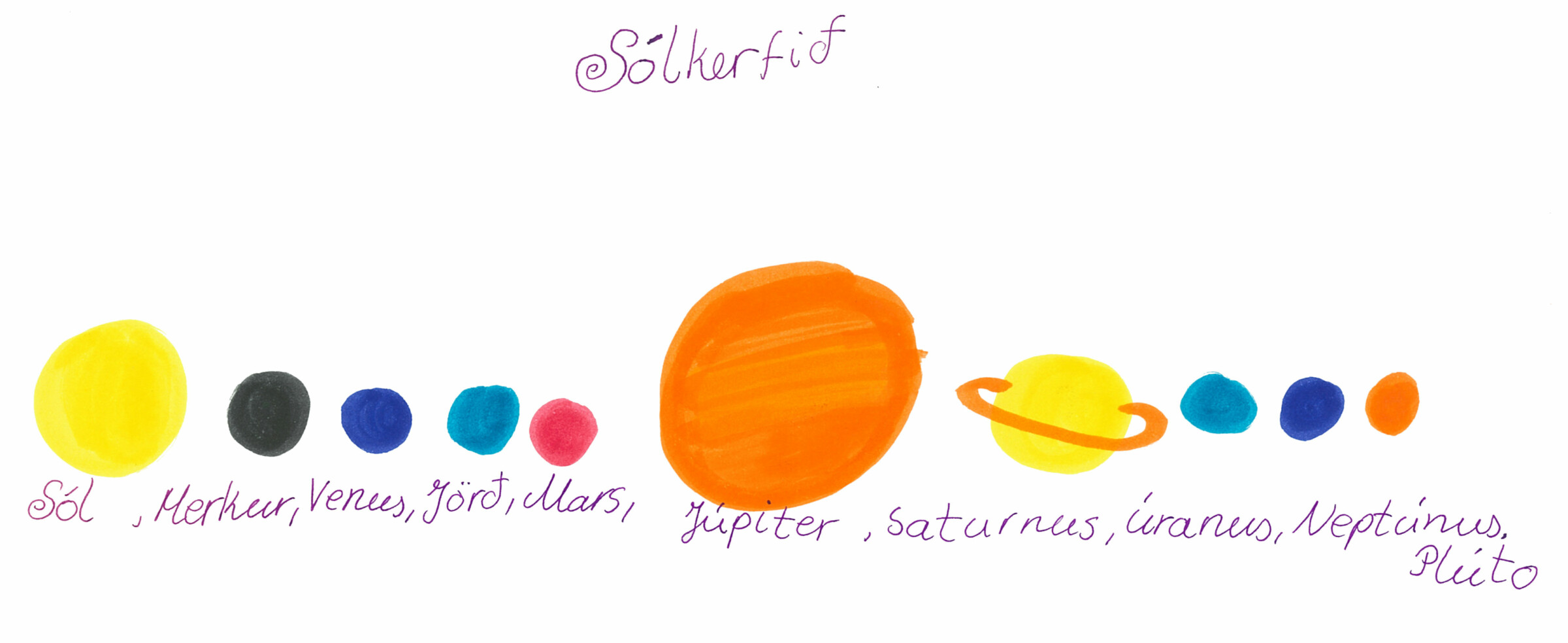
Art educational therapy (AET) originated in relation to Unnur Ottarsdottir’s doctoral thesis, entitled Art Therapy in Education. Children with Specific Learning Difficulties as a Result of Stress and/or Trauma. Participants in the study were compulsory school students in Iceland who grappled with specific learning difficulties and had experienced stress and/or trauma. The children were selected in regard to their school grades as well as from data gathered through interviews with staff of the school in which the study took place. The aim of the study was to develop, design, study and test an art therapy method which would facilitate children's coursework learning and enhance their emotional well-being.
Participants in the study were five children aged between 11-14. The data, which was gathered according to the case-study research method, was extracted from a total of 123 therapy sessions. A grounded theory research methodology was applied to analyse the data, which in turn shaped the theoretical foundations of art educational therapy.
During therapy sessions, coursework is integrated into art therapy within the theoretical framework of art educational therapy, art therapy and educational psychotherapy (which observes the causal relationship between emotional aspects and specific learning difficulties). The theory of AET is also based partly on theories regarding writing images and memory drawings.
In order to evaluate the effectiveness of art educational therapy (AET), a comparison was made between art works, school grades and findings from psychological tests conducted at the beginning and end of the therapy.
Three of the five children who participated in the study underwent a Wechsler III IQ test, both before and after therapy. The test results showed that the IQ of all participating children had increased at the completion of the therapy. One of the children showed a 16-point increase, which constitutes a significant difference. An analysis of school grades in tests before and after therapy indicated that if therapy takes place over a certain time period, it positively impacts coursework learning. The children’s parents also filled in a questionnaire regarding the children’s behaviour before and after therapy. The findings showed that all of the children had progressed in various aspects related to their behaviour and emotional well-being following therapy.